Jordan
|
Mt. NeboClick on any image below to enlarge or start a slide show. 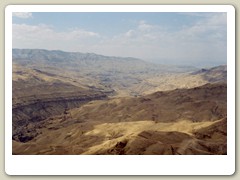 Moab desert Moab desert
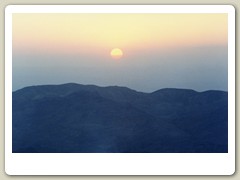 Moab desert Moab desert
 Memorial on mountain Memorial on mountain
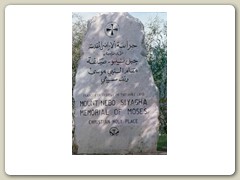 Memorial for Moses Memorial for Moses
 Mt. Nebo Mt. Nebo
 Mt. Nebo Mt. Nebo
 Mt. Nebo Mt. Nebo
 Mt. Nebo Mt. Nebo
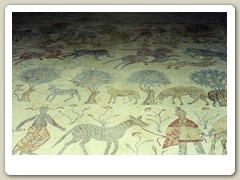 Mt. Nebo Mt. Nebo
 Mt. Nebo Mt. Nebo
 Mt. Nebo Mt. Nebo
 Mt. Nebo Mt. Nebo
 Mt. Nebo Mt. Nebo
 Mt. Nebo Mt. Nebo
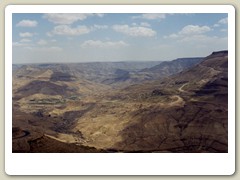 Wadi Mujib
lightbox gallery cmsby VisualLightBox.com v6.1 Wadi Mujib
lightbox gallery cmsby VisualLightBox.com v6.1
Wadi Mujib (Arnon): Wadi Mujib, the biblical Arnon River, flows at the bottom of a 400-meter deep, four-kilometer wide crevice created by an earthquake. In biblical times, the river was the boundary between the Amorites in the north and the Moabites in the south. Here Moses stood and gazed over Canaan, the Promised Land. After leading his people through the desert for 40 years, the Book of Deuteronomy recounts, God forbade him from setting foot on the longed-for soil. From 800 meters above sea level, Mt. Nebo commands a breathtaking view of all that Moses saw but could not touch. On a clear day, visitors can see the Judean hills, the Dead Sea and Jerusalem. In Deuteronomy 34, we learn that Moses died here. A number of churches and memorials have been built here over the ages. The first was built in the fourth century on the presumed site of Moses' death. In the sixth century, a basilica was built with beautiful mosaic floors depicting hunting scenes. In the late sixth century, the church was expanded and remodeled extensively. Worshippers were greeted with an optimistic sign reading: "Peace to everybody." A monastery housing the monks who lived here for centuries also stands atop Mt. Nebo. Extensive excavations in the past century - led by the Franciscan Archeological Institute have revealed numerous mosaic floors that adorned churches, stores and private homes. The Madaba School of Mosaics is an important part of Jordan's art history. The Franciscan monks live in a modern monastery that stands alongside the excavations of the old one.
|
Copyright ©1999 by
John Walter. All
rights reserved.
The
website contents may not be copied, published or duplicated without consent.